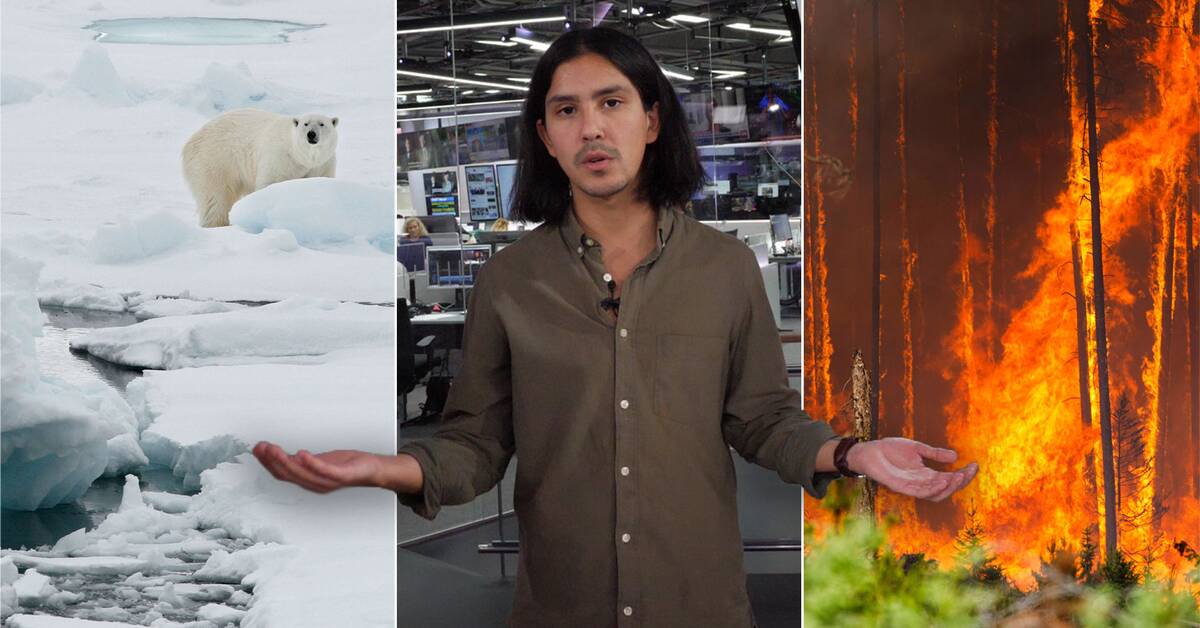Coral reef
The difference between 1.5 degrees and 2 degrees is so great with regard to coral reefs that it is given its own section in the UN's new climate report.
99 percent of tropical coral reefs are at risk of destruction at 2 degrees.
If, on the other hand, you manage to keep the target at 1.5 degrees, then 10 – 30 percent of the coral reefs will be preserved.
It doesn't just affect biodiversity – coral reefs also contribute to the food supply of communities adjacent to them, and they also contribute to the tourism industry.
It is a clear example of a domino effect, where one consequence of global warming gives rise to more serious consequences in other areas.
Heat waves
Heat waves like the one that swept across Europe this summer are expected to become increasingly common.
The probability of such occurring annually in Europe increases by 67 percent at two degrees.
The same figure is 47 percent at 1.5 degrees.
The length of the heat waves also increases at two degrees, and the risk of forest fires increases with that.
If the target of 1.5 degrees was reached, 420 million fewer people would be affected by recurring extreme heat waves, the UN report shows.
Arctic
According to the UN, the ice in the Arctic is considered to be particularly vulnerable.
If the target of 1.5 degrees is reached, it is expected that there will be an ice-free summer there every hundred years.
At two degrees, there will be an ice-free summer every ten.
Precipitation and drought
Extreme rainfall is expected to become more common.
Northern Europe, Iceland, northern Asia and Canada are expected to be worst affected.
At the same time, periods of drought will become more frequent and more extreme in the Mediterranean region and in southern Africa at a global warming of two degrees.
In the long run, it has a major impact on crops and food production in these areas.
The figures come from the UN's climate report and from the online magazine Carbon Brief, which compiled 70 peer-reviewed research studies.

